39 is country of origin required on food labels
Country of origin labelling online tool | business.gov.au Country of origin labelling online tool. You'll be asked a series of questions about your food product when you use the tool. Your response to each question will determine the label recommended by the tool. Please allow at least 15 minutes for each food product when using the tool. Generate your label. Country of origin labelling for food products - Canadian Food ... The new FDR requirements are available in the Industry Labelling Tool. Food businesses have a transition period to meet them, during which they must comply with either the former or the new requirements. In Canada, there are mandatory requirements for certain food products to indicate the country of origin on their labels.
How to Navigate the Country of Origin Food Labelling Requirements — Lau ... Requirements that must be met before the Australian country of origin labels can be used. When a food is grown, produced in, packed or made in Australia, it is mandatory that proportion of Australian content be disclosed. Where businesses cannot accurately identify the percentage of Australian content in a food, the claim that the food contains ...
Is country of origin required on food labels
Country of origin food labelling | ACCC Country of origin food labelling If you sell or supply food for retail sale in stores, markets, online or from vending machines it is likely that you will be required to comply with the Country of Origin Food Labelling Information Standard 2016 (Standard). Types of food covered by the standard Label requirements The labels Country of origin food label responsibilities - Queensland Country of origin food label responsibilities. The Country of Origin Food Labelling Information Standard 2016 (Standard) commenced on 1 July 2016 under the Australian Consumer Law (ACL). From 1 July 2018, if you are a business offering food products for retail sale in Australia, you must comply with the Standard. The type of label required for ... Country of Origin Labeling of Agricultural Products While the COOL law contains an expressed exclusion for an ingredient in a processed food item, many imported items still must be labeled with country of origin information under the Tariff Act of 1930. Items that are imported in consumer-ready packages also are required to be labeled with country of origin information.
Is country of origin required on food labels. CPG Sec 560.200 Country of Origin Labeling | FDA CPG Sec 560.200 Country of Origin Labeling November 2005 Download the Final Compliance Policy Guide (CPG) Final Issued by: Center for Veterinary Medicine Office of Regulatory Affairs Food labeling... Country of Origin Labeling (COOL) Frequently Asked Questions Country of Origin Labeling (COOL) is a consumer labeling law that requires retailers (most grocery stores and supermarkets) to identify the country of origin on certain foods referred to as "covered commodities". What Is Country of Origin Labeling? An Overview - Shipping Solutions According to CBP, the rules of origin contained in 19 CFR Part 102 determine the country of origin for marking purposes of a good imported from Canada or Mexico in accordance with the requirements of 19 CFR Part 134. The product-specific rules of origin contained in GN 11 (o) determine whether a good qualifies as originating under the USMCA. Origin Labeling Requirements for Imported Commodities Passed On June 8, 2021, the Senate passed the United States Innovation and Competition Act of 2021 which included the proposed country of origin labeling COOL requirements in Section 2510 of the Act.
Food labelling: country of origin - GOV.UK If all these activities took place in a single country, the label 'Origin: [name of country]' is acceptable. For the GB market, 'United Kingdom' is the origin label for beef and veal from both GB... Marking of Country of Origin on U.S. Imports Every article of foreign origin entering the United States must be legibly marked with the English name of the country of origin unless an exception from marking is provided for in the law. SPECIAL NOTE: This webpage is strictly about marking of country of origin on U.S. imports and is for general information purposes only. Must processed food products have a country of origin label? Must processed food products have a country of origin label? Jul 17, 2019 Knowledge Article Retail items that meet the definition of a processed food item do not require labeling under the COOL final rule. For more information, visit Common Questions & Answers on Country of Origin Labeling. Live chat: Country of origin food labelling | business.gov.au Country of origin labelling is not required on the following food products: foods not for human consumption (for example, pet food) foods sold in restaurants, cafes, take-away shops or schools foods sold at fundraisers foods sold from the same premises in which they have been made and packed.
Which foods are covered in the country of origin labeling law? Knowledge Article. Foods that must be labeled with their country of origin are: 1. Muscle cuts of beef (including veal), lamb, pork, goat, and chicken; 2. Ground beef, ground lamb, ground pork, ground goat, and ground chicken; 3. Wild and farm-raised fish and shellfish; 4. Country-of-Origin Labeling for Foods - hsdl.org require country-of-origin information to be provided to consumers. The 111th Congress is considering legislation that would expand COOL labeling requirements to cover more food products. H.R. 2749, the House-passed food safety bill, would expand such labeling to apply to all processed foods and to other agricultural commodities not now covered by Country of Origin Requirements in the United States: An Overview Country of origin labeling is mandatory for all consumer products imported and sold in the United States. Country of origin labeling is often as straightforward as printing a 'Made in [INSERT COUNTRY]' on the product and its packaging. Mandatory country-of-origin labeling (US) - Wikipedia The US said the panel affirmed the right of the United States to require country of origin labeling for meat products. Canada and Mexico asked the WTO for another review and permission to impose more than $2 billion a year in retaliatory tariffs, and the ruling was made public in summer 2014.
Country of Origin Food Labeling | Jenn David Design The Country of Origin Labeling requirement states that "Food labeling statements regarding geographical origin must not be false or misleading in any particular." So it would be incorrect to state that the cocoa is a product of both Mexico and Chile on the label. You would need two labels in this case—one for each respective country of origin.
Country of origin on food labels - Canadian Food Inspection Agency In Canada, there are mandatory requirements for certain food products to indicate the foreign state (definition) of origin on their labels. Although foreign states include countries as well as World Trade Organization (WTO) members, the Industry Labelling Tool commonly refers to this requirement as country of origin labelling.
All About Labels - Country of Origin Food Labeling Country of Origin Food Labeling Food labeling in Australia is changing. If you sell food in retail stores in Australia your products will be required to display the new labels from 1 st July 2016.

New changes to Country of Origin Food Labelling, taking place throughout Australia | SBS Your ...
CPG Sec. 560.200 Country of Origin Labeling CPG Sec. 560.200 Country of Origin Labeling BACKGROUND: A statement of the country of origin on the labeling of imported foods is not required by the Federal Food, Drug, & Cosmetic Act. This is a...
Country of origin | ACCC You will find country of origin labelling on most food you buy at the supermarket, local stores, markets, online or from a vending machine. Food bought from restaurants, cafes, take-away shops, schools and caterers does not have to be labelled. Food that was packaged and labelled on or before 30 June 2018 can still be sold without the new labels.
Country of Origin Labeling (COOL) | Agricultural Marketing Service Country of Origin Labeling (COOL) is a labeling law that requires retailers, such as full-line grocery stores, supermarkets and club warehouse stores, to notify their customers with information regarding the source of certain foods.

In May 2021, the customs detected 174 batches of food and cosmetics that have not been allowed ...
Compliance FAQs: Packaging and Labeling in the US | NIST There are many regulations, depending on the product, with which a product's label or markings must be in compliance before being sold in the United States. Labeling requirements related to legal metrology (i.e., products and commodities sold in package form by weight, measure or count) must comply with The Fair Packaging and Labeling Act ...
Country of origin labelling - Food Standards The Australian Government introduced a country of origin food labelling system under Australian Consumer Law on 1 July 2016. Country of origin labelling requirements for food is in the Country of Origin Food Labelling Information Standard 2016, under the Competition and Consumer Act 2010. These requirements became mandatory on 1 July 2018.
Country of Origin Marking Requirements - PackagingLaw.com The Tariff Act regulations specify that articles of foreign origin entering the United States must be marked with the English name of the COO. The marking must be legible, located in a conspicuous place, and permanent. Articles that are incapable of being marked ( e.g., liquids) are exempt, but their containers must be marked with the COO of ...
Country of Origin Labeling of Agricultural Products While the COOL law contains an expressed exclusion for an ingredient in a processed food item, many imported items still must be labeled with country of origin information under the Tariff Act of 1930. Items that are imported in consumer-ready packages also are required to be labeled with country of origin information.
Country of origin food label responsibilities - Queensland Country of origin food label responsibilities. The Country of Origin Food Labelling Information Standard 2016 (Standard) commenced on 1 July 2016 under the Australian Consumer Law (ACL). From 1 July 2018, if you are a business offering food products for retail sale in Australia, you must comply with the Standard. The type of label required for ...
Country of origin food labelling | ACCC Country of origin food labelling If you sell or supply food for retail sale in stores, markets, online or from vending machines it is likely that you will be required to comply with the Country of Origin Food Labelling Information Standard 2016 (Standard). Types of food covered by the standard Label requirements The labels
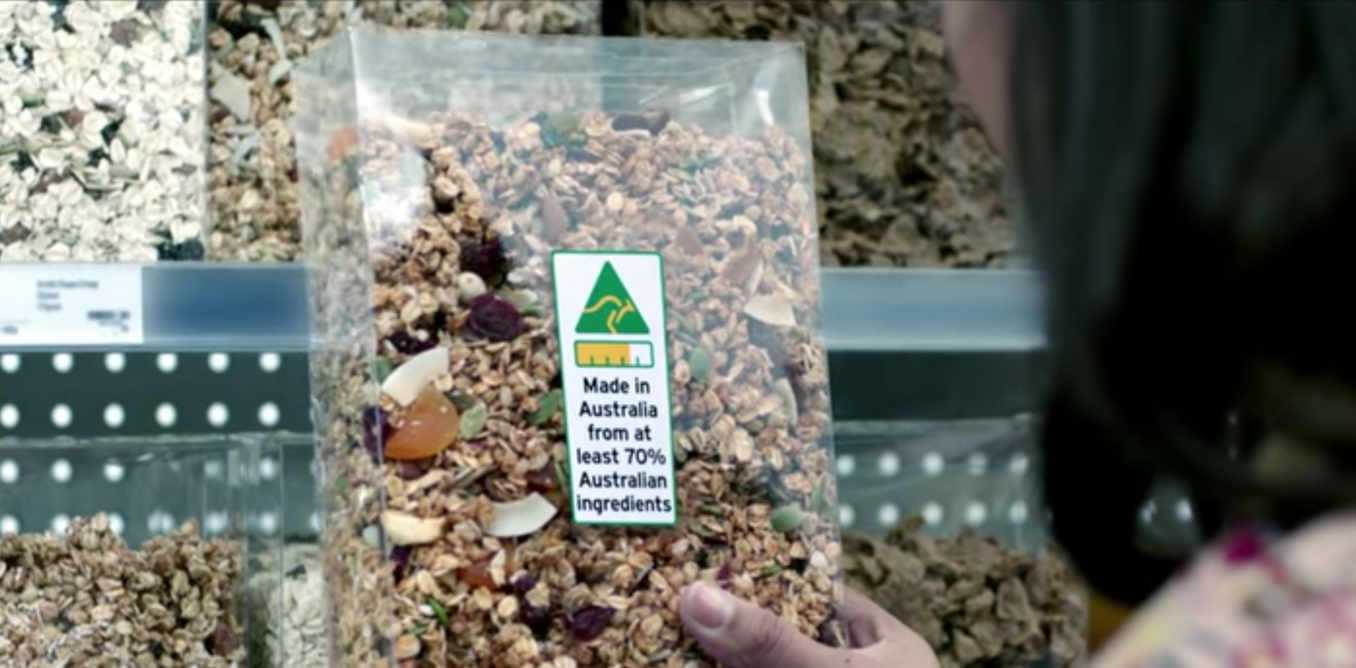
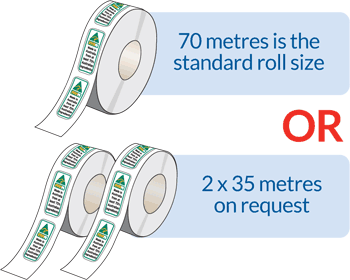

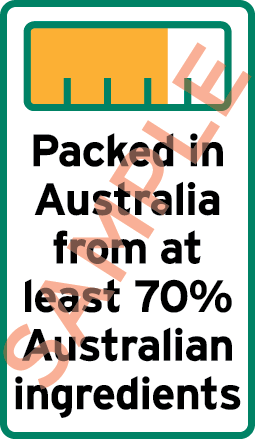

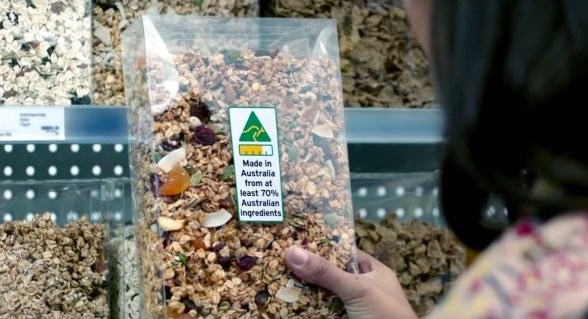

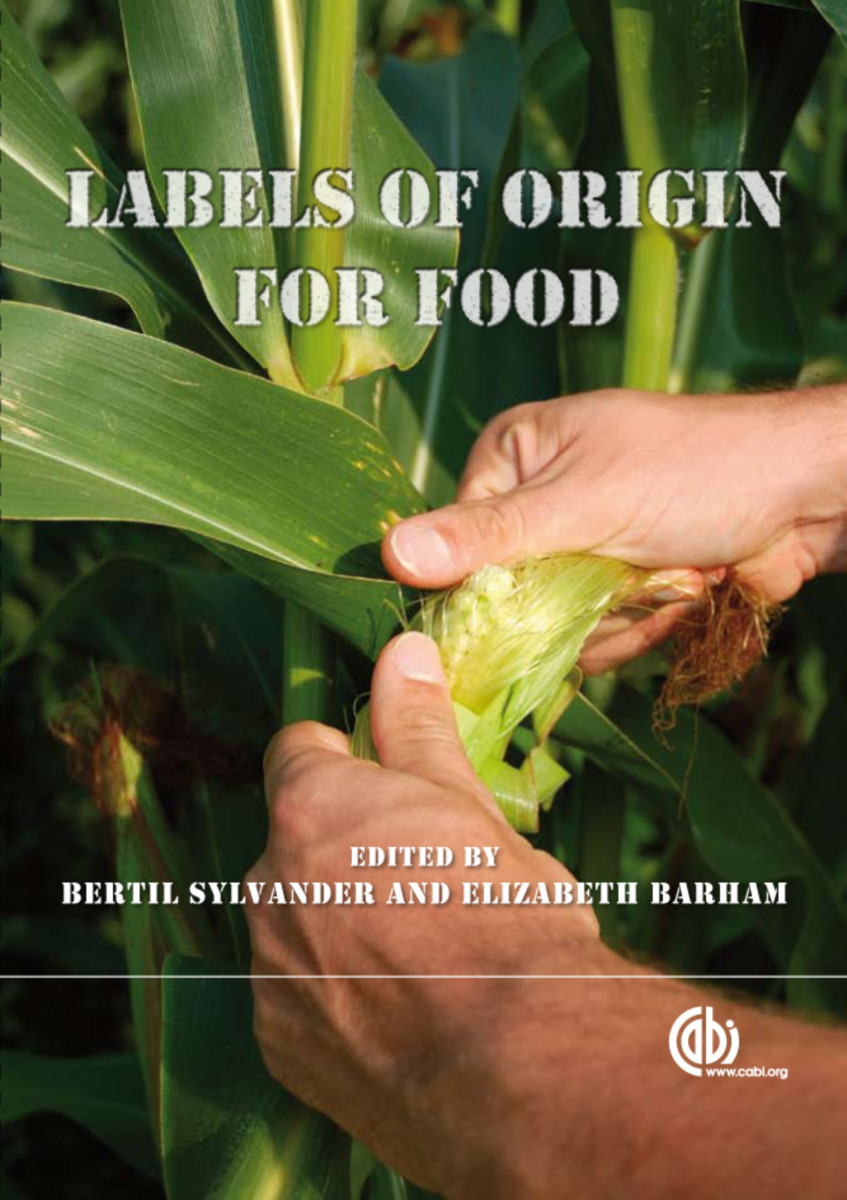
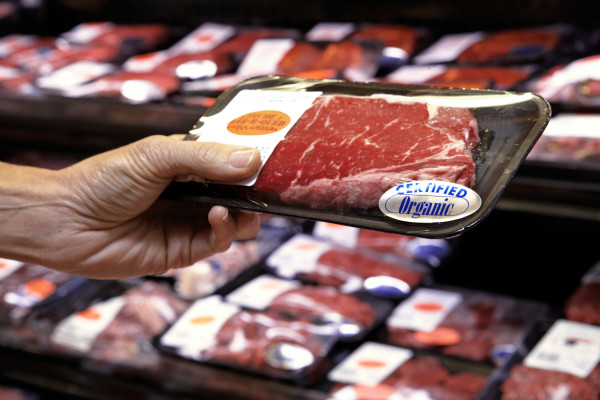
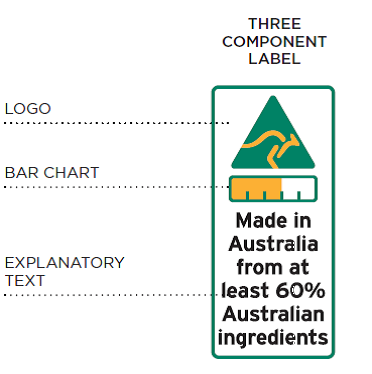
Post a Comment for "39 is country of origin required on food labels"